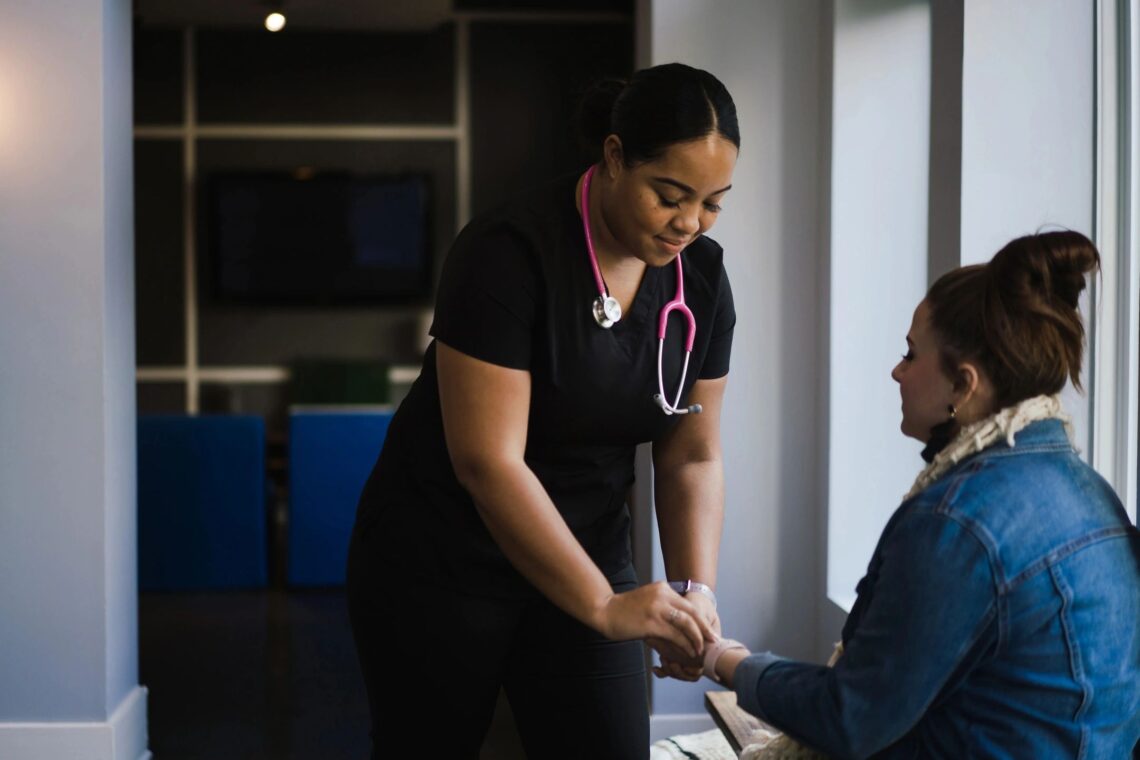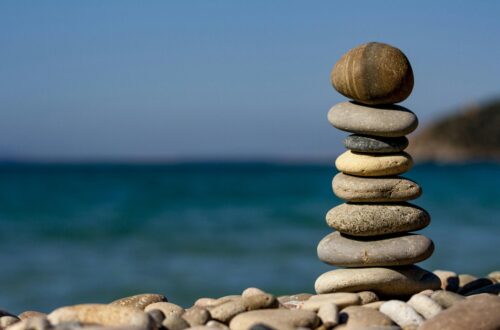Recovering balance and coordination is a crucial step in the journey toward independence and safety, especially for individuals navigating the aftermath of a stroke or other neurological conditions. Exercises designed to improve sitting and standing balance, along with coordination activities, can significantly reduce the risk of falls and bolster overall stability. This easy-to-read article delves into effective balance and coordination exercises, offering a guide to enhance bodily control and movement efficiency.
The Foundation of Balance and Coordination
Balance and coordination are fundamental skills that allow us to perform daily activities smoothly and efficiently. Balance is the ability to maintain a controlled body position during task performance, whether sitting or standing. Coordination, on the other hand, involves the smooth and efficient functioning of body parts when performing a complex movement. Together, these abilities ensure we can navigate our environment safely and effectively.
Importance of Balance and Coordination Exercises
For individuals recovering from a stroke or dealing with balance issues, exercises targeting these areas are vital. They help retrain the brain and body to work together harmoniously, improving proprioception (the sense of body position) and reducing the likelihood of falls—a common concern that can lead to further injury.
Exercises to Enhance Sitting and Standing Balance
- Seated Leg Lifts:
- How to Do It: Sit on a sturdy chair with your feet flat on the ground. Slowly lift one leg at a time, holding it in the air for a few seconds before lowering it back down. Repeat with the other leg.
- Benefits: Strengthens the core and leg muscles, enhancing stability while sitting.
- Chair Stands:
- How to Do It: From a seated position, use your leg muscles to stand up without using your hands for support, then slowly sit back down. Repeat several times.
- Benefits: Improves the ability to transition from sitting to standing and vice versa, reinforcing balance and leg strength.
Coordination Activities to Improve Movement Integration
- Ball Toss:
- How to Do It: Sit or stand and toss a ball from one hand to the other at different heights and speeds. Progress to walking while tossing the ball to add complexity.
- Benefits: Enhances hand-eye coordination and the ability to track moving objects, critical for daily activities.
- Bilateral Coordination Exercises:
- How to Do It: Perform tasks that require using both hands together, such as rolling dough, opening jars, or playing catch with a larger ball.
- Benefits: Improves the ability to perform tasks efficiently with both sides of the body, enhancing coordination and functional abilities.
Tips for Safe and Effective Practice
- Start Slowly: Begin with simple exercises and gradually increase the difficulty as your balance and coordination improve.
- Use Support: Initially, perform exercises near a support surface (like a table or chair) to grab onto if you feel unsteady.
- Consistency is Key: Regular practice is crucial for progress. Aim for short sessions spread throughout the week rather than long, infrequent workouts.
- Listen to Your Body: Avoid overexertion, and stop if you feel dizzy or unstable. It’s important to challenge yourself within safe limits.
Integrating Exercises into Daily Life
Incorporating balance and coordination activities into your daily routine can make practice more enjoyable and less of a chore. For instance, standing on one leg while brushing your teeth or squatting to pick up items from the floor can seamlessly blend rehabilitation with everyday life.
Conclusion
Balance and coordination exercises are essential tools in building a foundation for safer, more independent living. By regularly engaging in these activities, individuals can enhance their stability, reduce the risk of falls, and improve their ability to perform daily tasks with confidence. Remember, progress in balance and coordination can significantly impact overall well-being and quality of life, making these exercises a valuable investment in your health journey.





